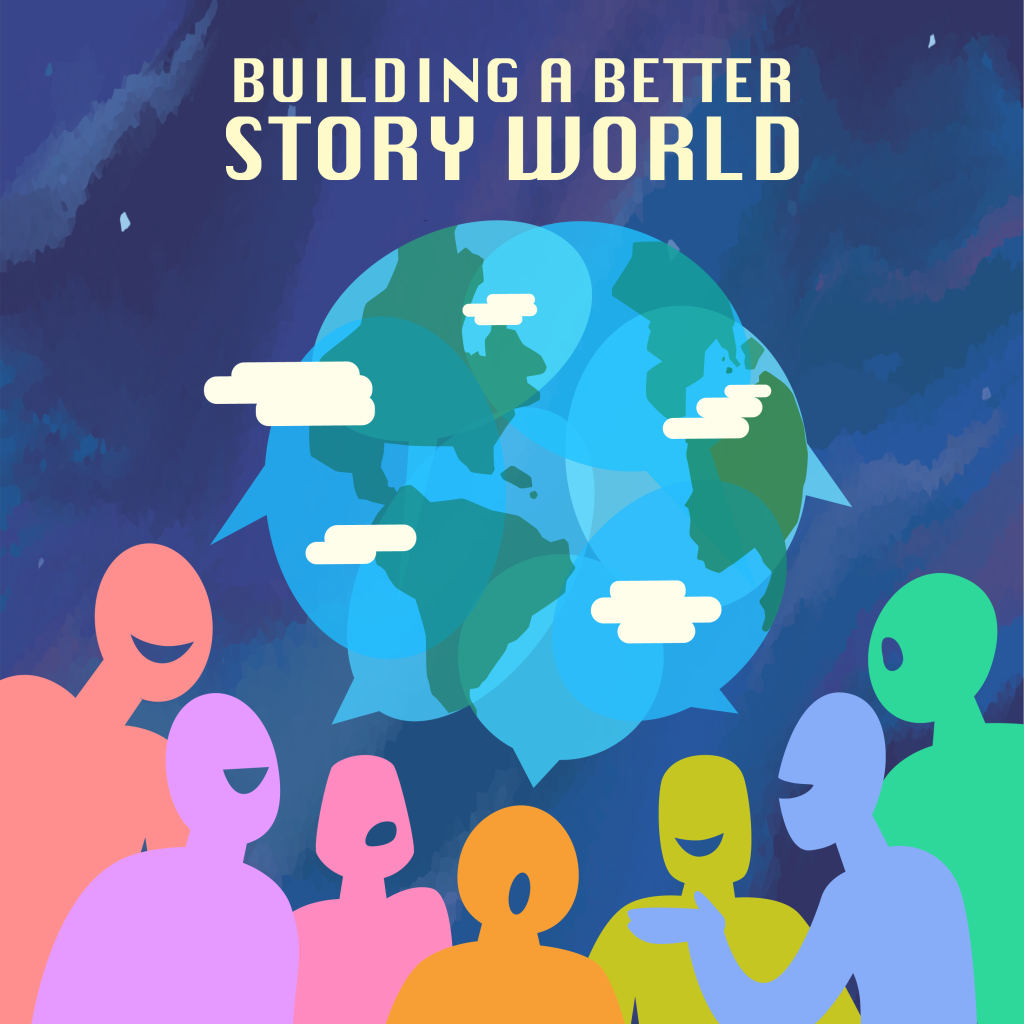
I consult with a lot of brands, studios, and indie creators about their story worlds. Many of them have the same basic questions, and others want an easier guide to building out the details of their world. Well, look no further! In these episodes of Building a Better Story World, I give you a series of exercises and prompts to help you craft better and more intricately constructed elements of your narrative universe!
How To Create Better Openings – Using the works of Hayao Miyazaki, I showcase how you can create better first impressions for your characters, plot, theme, and more!
Secondary Character Creation – With the world of the Simpsons as an example, you can delve into how to create more compelling (and agented) secondary characters, as well as more memorable tertiary characters with room for growth!
Creating Interesting Locales – Locales have archetypes as well as characters, so if you’re struggling with ways to create realms that spark your audiences’ imaginations, take a trip with me (and the cast of Deep Space Nine) as we explore the six major kinds of locations in your story world!
Building out the Chronology of Narrative Universes – Your universe existed before your main characters got there and will persist long after they shuffle off their mortal coil, so you better build self-contained eras in your chronology in order for audiences to understand them. Just ask Marty and Doc Brown!
Building Your Mythology – The big magilla: how to create your own story world mythology! Using all the elements we’ve detailed, this is a handy-dandy guide for one way to create a document that houses all of your story universe’s various rules, characters, and more!